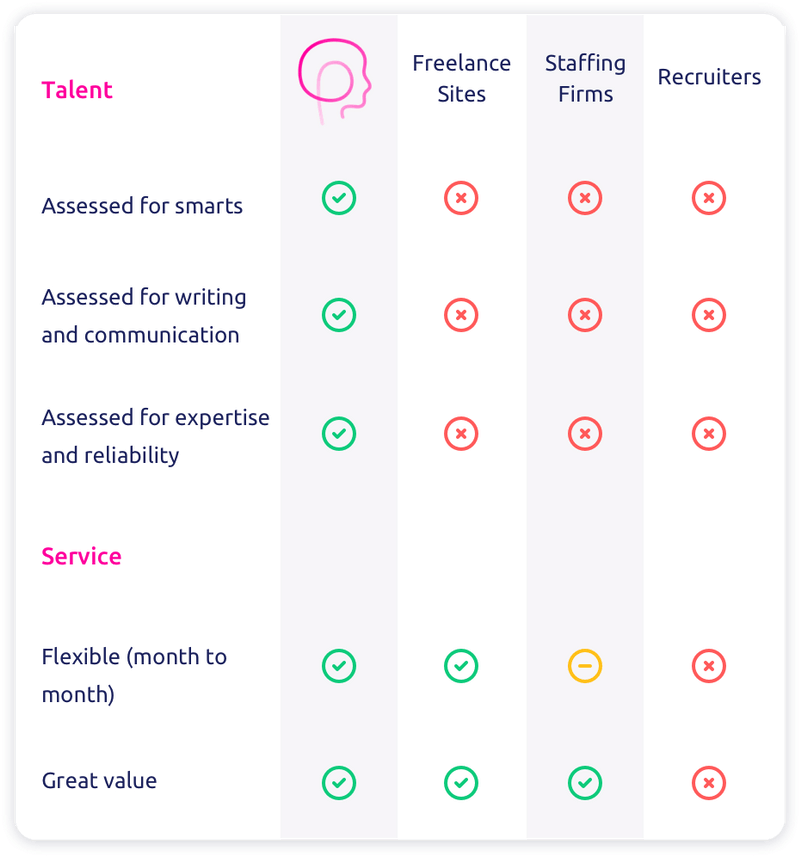What is Human Resource Planning (HRP)?
Human Resource Planning (HRP) is the process of forecasting an organization’s future human resource needs and developing strategies to meet those needs. It involves analyzing current workforce demographics, identifying future workforce needs, and implementing plans to ensure that the organization has the right people in the right positions at the right time.
The goal of HRP is to ensure that an organization has the necessary human capital to achieve its strategic goals and objectives. This includes identifying and addressing potential workforce gaps, such as shortages in critical skills or an aging workforce, and developing plans to recruit, train, and retain the right employees to fill those gaps.
Effective HRP can help organizations reduce turnover, increase productivity, and improve overall business performance. It is an ongoing process that requires regular review and adjustment to ensure that the organization remains agile and responsive to changing business needs.
Why is Human Resource Planning (HRP) important?
Human Resource Planning (HRP) is important because it helps organizations to identify and address their current and future workforce needs. By analyzing the organization’s goals and objectives, HRP can help to ensure that the right people are in the right roles at the right time. It can also help to identify potential talent gaps and develop strategies for recruiting and retaining top talent.
What are the key steps in the Human Resource Planning (HRP) process?
The key steps in the Human Resource Planning (HRP) process include:
- Assessing current workforce capabilities and needs
- Forecasting future workforce needs based on organizational goals and objectives
- Developing strategies to address any talent gaps
- Implementing and evaluating the effectiveness of HRP strategies
Dos and Donts for Human Resource Planning (HRP)
Dos
- Do conduct a thorough analysis of the organization’s current and future workforce needs.
- Do involve key stakeholders in the planning process, including senior management and employees.
- Do use data and analytics to inform decisions about workforce planning.
- Do develop a comprehensive plan that includes strategies for recruitment, training and development, and succession planning.
- Do regularly review and update the HRP to ensure it remains relevant and effective.
Donts
- Don’t rely solely on past trends or assumptions when planning for the future workforce.
- Don’t overlook the importance of diversity and inclusion in workforce planning.
- Don’t ignore external factors, such as economic trends or changes in the industry, that may impact the workforce.
- Don’t forget to involve employees in the planning process and consider their input and feedback.
- Don’t view HRP as a one-time project – it should be an ongoing process that is regularly reviewed and updated.

